First Impressions: Using the Canon 1D X Mark III for Family Photography
![]()
It’s a brilliant start to the year for Canon with the full announcement of the Canon EOS-1D X Mark III. Updating their flagship DSLR in time for the Olympics, it’s an announcement eagerly awaited by photographers across different genres who are looking for the best camera on the market.
I was lucky enough to get my hands on a pre-production model for a few days last year and I thought it would be good to share my experiences taking family photographs with the Canon 1D X Mark III.
For those of you who don’t know me and my work, I’m a Canon Ambassador and a family photographer based in London in the UK. I’ve been working as a full-time professional portrait photographer for sixteen years and I’ve used Canon cameras all of my professional career.
I photograph families and children in their homes or places they love to go, taking natural images in black and white. My pictures are taken in everyday situations, the places you might go with your own children and grandchildren. My thoughts on the camera today are based on my experience photographing children at home or at the playground on some rather dismal rainy Autumn days.
My usual kitbag consists of two Canon EOS-1D X Mark II cameras and an EOS R. My go-to lenses are the Canon EF 35mm f/1.4 L Mark II, the Canon EF 85mm f/1.4L, the Canon EF 24-70 f/2.8L Mark II, the Canon RF 50 f/1.2L, and the Canon RF 35 f/1.8 IS Macro STM lens.
I’ve been shooting with Canon 1-series bodies since the 1D Mark III and I find them to be an excellent camera for family photography work. I’ve been looking forward to the announcement of the Canon 1D X Mark III for some time.
Author’s Note: All images in this blog post were shot on pre-production hardware and firmware, processed from the JPEGs because RAW conversion is not available at this point.
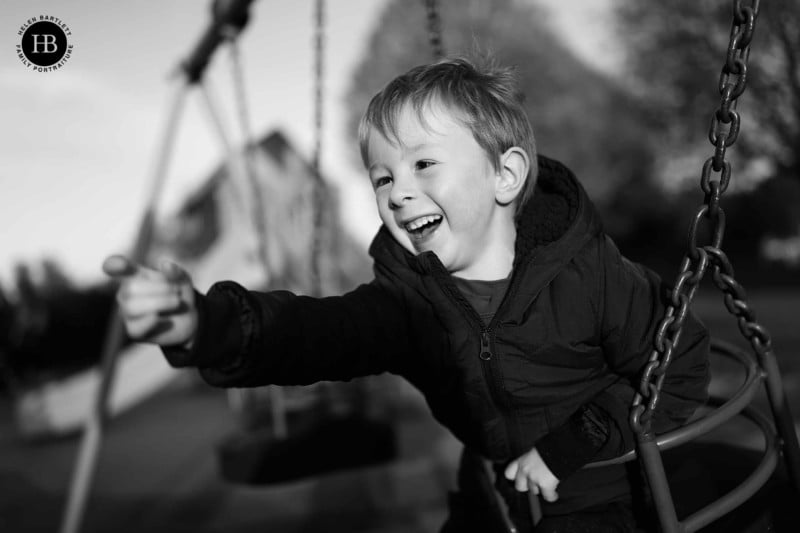
What makes the Canon 1D X Mark III an excellent choice for family photographers?
I’ve long been a fan of Canon’s 1-series cameras, and I find them to be the perfect tool for my style of family photography, although this last year I’ve added an EOS R into the mix—you can read my thoughts on the EOS R here.
I need cameras with fast autofocus, excellent low-light performance, and that are robust and reliable. I need to be able to work in the pouring rain and deal with sand and sea water as well as bubble liquid and over-excited dogs. I need beautiful files that will enlarge easily to 30” across and produce superb prints for my discerning clients.
When I buy new equipment, I need the new tools to do everything my last cameras did and more, I want them to allow me to create images that would have been impossible with a previous camera. With the new additions to the Canon 1D X Mark III, I believe Canon has done that in a camera that feels completely familiar and yet has some wonderful new capabilities under the hood.
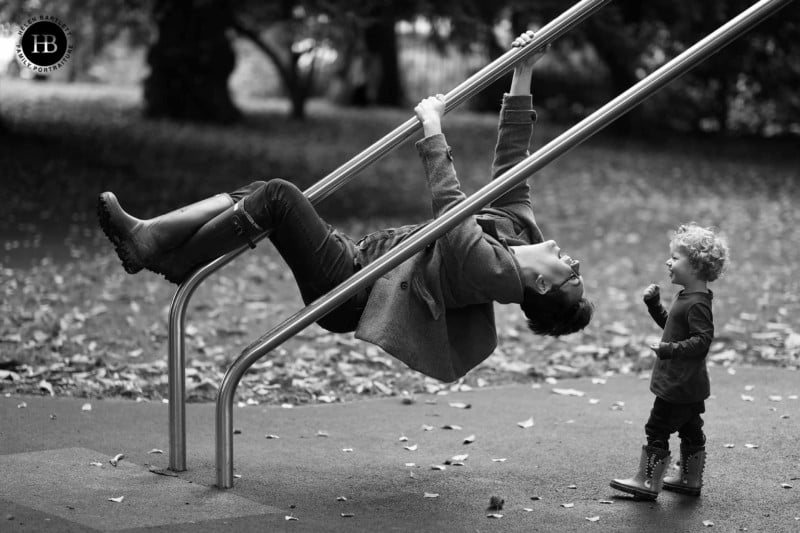
What’s new in the Canon 1D X Mark III?
As always with new cameras, there is a combination of new things that I find exciting and new things that I know will be exciting to others but which won’t be relevant to me.
I admit that wi-fi and video are not relevant to my work, but they have been upgraded and I’m sure they’ll make the sports photographers and photojournalists out there delighted. But what am I excited about? What will make me buy two new Canon 1D X Mark III bodies?
Autofocus
As a camera aimed predominantly at the sports and wildlife genres, the autofocus on the Canon 1D X Mark III is always going to be key. I need a camera that can track a moving child in all situations, whether they are running through dappled sunshine in the woods or jumping on the bed in a very dark basement flat.
The Canon 1D X Mark III has been upgraded with a new autofocus algorithm that uses deep learning to make it more consistent and more reliable. The camera now knows what a person is and where their head will be. This means that when it’s set to automatic AF point selection, the camera can adjust the AF point based on where the subject actually is and it knows which subject to track because you can set that by starting autofocus with your selected AF point on the right person.
So if the child you are photographing is wearing a helmet jumping on the bed and facing in the opposite direction to the camera, then the 1D X Mark III will be able to track them more effectively – this is going to be incredible when photographing children, especially if they are in full Buzz Lightyear mode.
This is in addition to the new Auto (A) AF case which adjusts the parameters of the AF system based on what you are shooting so you don’t need to use the handy pre-programed focus cases that existed the 1D X Mark II. I always found those AF cases to be incredibly useful and they’re still present on the 1D X Mark III. “Erratic subject moving quickly in any direction” has always struck me as a perfect description of small children on a photo shoot. The camera has built on the amazing 1D X Mark II and I can’t wait to use it more in the future and explore these new systems in greater depth.
The new autofocus system is designed for greater precision and accuracy and certainly on my limited tests I found that to be the case.
There is a new autofocus sensor with 28 times more resolution than the EOS 1D X Mark II sensor and Dual Pixel CMOS AF, which means each pixel on the sensor can be used as both an imaging pixel and a phase detection AF pixel during live view, speeding things up and focusing faster and more accurately.
There are now 525 dual pixel CMOS AF points and 191 optical finder AF points, a huge jump from the 61 AF points on the Canon 1D X Mark II and promises great things for our photography.
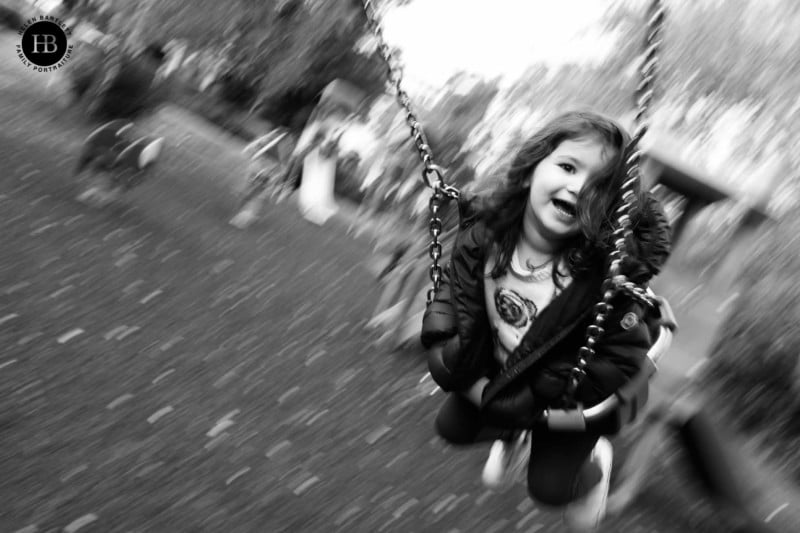
The Smart Controller
Moving all the focus points around is easy with the new AF point selection control – the Smart Controller. So what is it and why is it the feature that has made me most excited about the 1D X Mark III?
The AF-ON button on the back of the camera now has a dual function as it works like a joy-stick. However, unlike on the 1D X Mark II where you shift the joystick and click from one point to another, the new AF point selection control works more like a trackpad so you can shift the points much faster and more fluidly.
Since using the EOS R this last year, I have found that I have been wanting to be more flexible and fast with my focus points and so I’m thrilled with this improvement. It’s great to be able to shoot more interesting compositions and also be sure of sharp focus for the all-important group shots incredibly quickly even if your subjects are outside the central area of the frame. I normally shoot with just nine enabled focus points on the 1D X Mark II, because it’s slow to move around when all the focus points are activated as I use the precision focus point and so can only move it one spot at a time. Not now though, now I can use the Smart Controller to move my focus point like lightning and it will, without a doubt, open up new opportunities for me.
From my point of view as a family photographer, needing to track moving subjects often in very poor light, the smarter the technology the better for me. Every year, clients expect better and more creative photography and so having the right tools for the job is important and is why I feel it’s worthwhile investing in the very best equipment I can to ensure my images stand out from the crowd.
But what is even better is that the Smart Controller is the same button as many professionals use for back button focus (AF-ON) thereby removing the need to move your thumb between the joystick and the back button focus, so speeding everything up. The improved ergonomics means that more shots become possible in a fast-moving situation.
I found the focus to be fantastic, even performing reliably when throwing a child in the air in a dark bedroom at ISO 8,000 and above. The light was flat and the contrast low which is always a difficult situation and even so the camera focused reliably on the small boy’s eyes as he laughed with delight.
High ISO and low-light performance
Low-light performance seems excellent, with autofocus fast and accurate in dim lighting and excellent image quality at high ISO settings. Unfortunately, I can’t process the RAW files with my usual software yet so I can’t see the full quality available, but from the JPEGs I’d say that we’ve got at least an extra stop of high quality ISO settings for day-to-day work.
This will make a huge difference to me, as I often work at ISO 8,000 on my 1D X Mark II but I prefer not to go above that if possible as I know that a lot of my images will be printed at least 24” wide (I sell a lot of 12” square albums and so have a double-page spread as my measure of usability). If I can work happily at ISO 16,000 and higher, that will be amazing and with the AF over a wider EV range this looks to be the case.
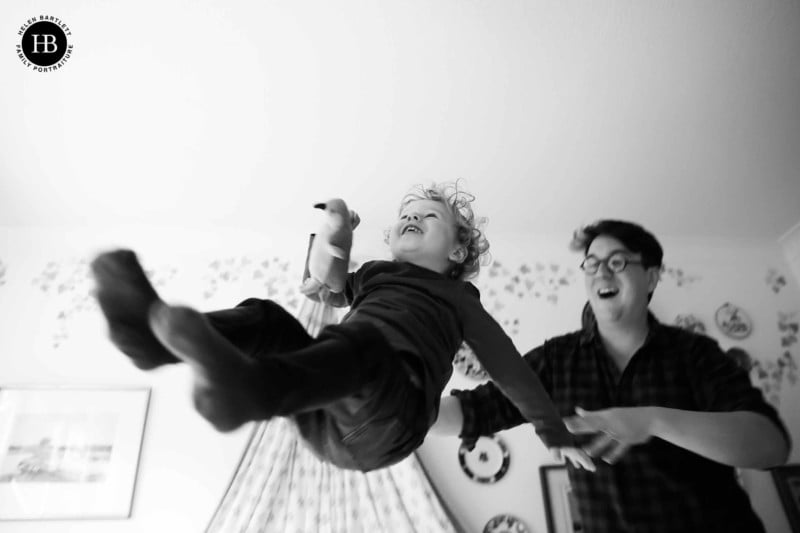
Memory cards and batteries
Canon has continued to use the excellent LP-E19 battery in the new camera, which is nice for those of us who have a stack of them already. They also say that battery life is much improved in the new camera and certainly I found my battery to still have loads of charge left after a long photo shoot.
Memory cards are more of an issue for those of us with hundreds of CF and SD cards scattered around our offices as Canon has changed both the slots in the Canon 1D X Mark III to a new format, the CFexpress cards.
For those of us who like to fully process a shoot before formatting their cards, this will mean a significant expense on top of the camera purchase. But, as is often the case in big moves of technology, it’s just a step towards the future. The new cards are incredibly fast and with them the 1DX Mark III can record up to 1,000 RAW files in a burst, which even at 16 frames per second will take a bit of time to do. A write speed of 1,200MB/s is certainly a step up from the 120MB/s on my current SanDisk Extreme CF cards.
They are also a nice size if such things matter to you, being slightly bigger and more robust than an SD card while a little smaller than the CF and CFast cards.
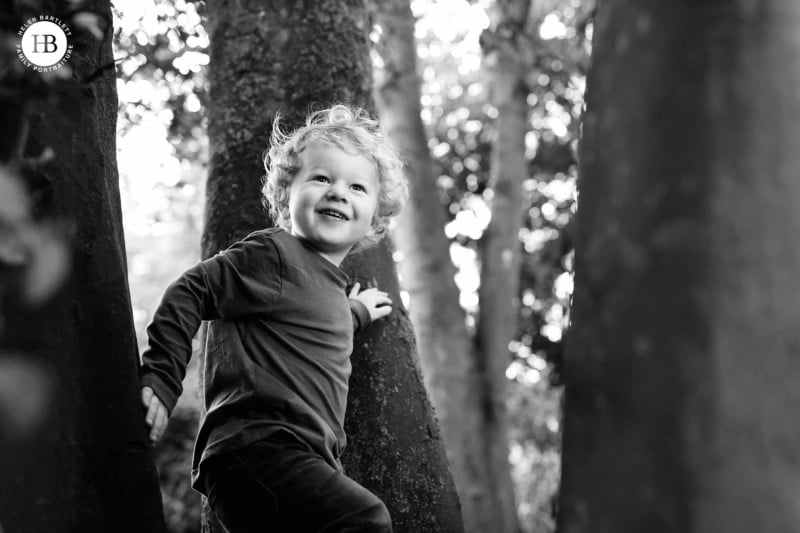
In Conclusion
So, will I be getting one? Of course, I’ll be getting two! I’ve always loved Canon’s 1-series cameras and, while I’m also shooting mirrorless now, I don’t think I’m ready to swap across completely. For my work, the same features which appeal to sports and wildlife photographers appeal to me: lighting fast autofocus, incredibly robust build quality, and fantastic low-light performance. Canon delivers on all these counts in the new 1D X Mark III.
I imagine I’ll stick with shooting the combination of DSLR and mirrorless through the next generation of cameras before deciding which direction I will go in in a few years’ time. At the moment they both fill different needs for me and both types of camera allow me to be creative in different ways.
My beloved, and battered, 1D X Mark II bodies will be upgraded this year and I can’t wait.
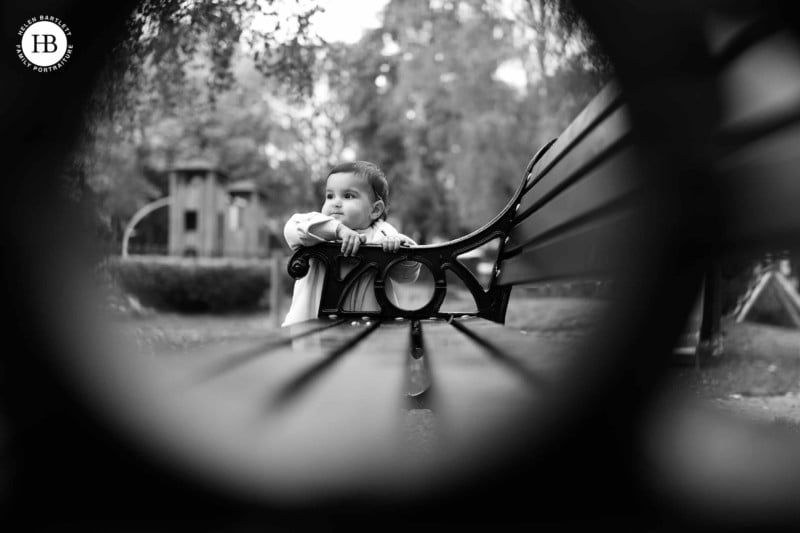
About the author: Helen Bartlett is a London-based family photographer and Canon Ambassador whose photography has been published across the globe. You can find more of her work and words on her website and blog, or by following her on Facebook and Instagram. This post was also published here.